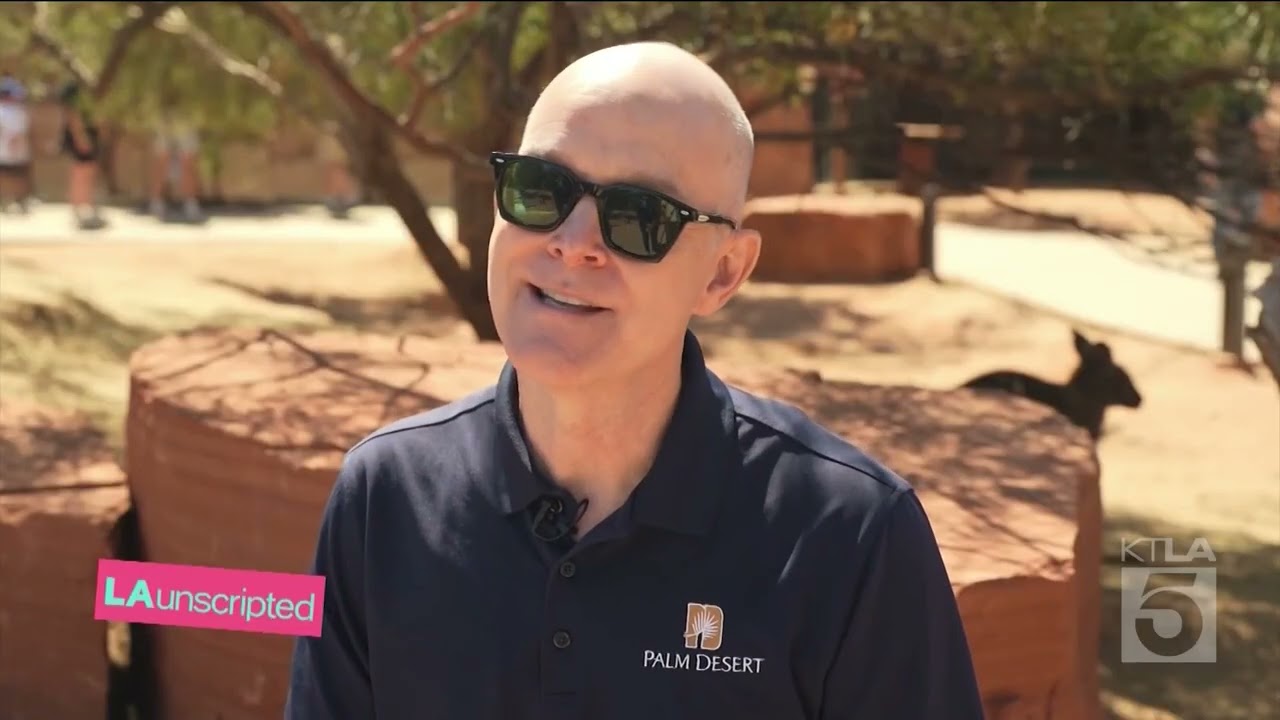– The role of zoos in wildlife conservation and education
– The Living Desert Zoo and Gardens‘ unique approach to habitat preservation
– Engaging the public through interactive exhibits and conservation initiatives
– Challenges and strategies in zoo management and animal welfare
– Future directions and innovations in zoo-based conservation
Zoos serve as crucial centers for wildlife conservation, education, and research, playing a pivotal role in the fight against biodiversity loss. The modern zoo melds scientific research with public engagement, creating a bridge between humans and the natural world. The Living Desert Zoo and Gardens exemplifies this approach, integrating habitat preservation with interactive and educational experiences. This article explores the multifaceted operations of The Living Desert, emphasizing its contributions to conservation, the engagement of visitors through dynamic exhibits, and the complexities of zoo management and animal welfare. Additionally, it highlights future directions in zoo-based conservation efforts, underlining the importance of innovation and public participation.
**The Role of Zoos in Wildlife Conservation and Education**
Zoos have transformed from mere menageries to front-line conservation entities contributing significantly to protecting endangered species. By participating in breeding programs, reintroducing species to the wild, and funding in-situ conservation projects, zoos play an essential role in preserving global biodiversity. The Living Desert Zoo and Gardens, in particular, has taken an active role in conservation efforts, both on-site and in natural habitats. Through its participation in Species Survival Plans (SSP), The Living Desert ensures genetic diversity and health of animal populations under human care, which is crucial for successful reintroduction and sustainable wild populations. Furthermore, it educates the public about the challenges facing wildlife and habitats, fostering a sense of stewardship and collaboration in conservation efforts.
**The Living Desert Zoo and Gardens’ Approach to Habitat Preservation**
The Living Desert stands out for its dedication to replicating natural habitats within its exhibits, offering animals an environment that stimulates natural behaviors and well-being. This approach benefits the animals and enhances the visitor experience, providing a more authentic glimpse into the natural world. For instance, the zoo’s African exhibit, carefully designed to mimic the savannah, supports a diverse array of species in a state resembling their wild counterparts. This method of exhibit design is critical for the physical and psychological health of the zoo inhabitants, promoting natural activities like foraging and social interaction that are essential for their well-being.
**Engaging the Public Through Interactive Exhibits and Conservation Initiatives**
One of The Living Desert’s strengths is its ability to engage visitors through experiential learning opportunities. From giraffe feedings to live animal presentations, the zoo offers one-of-a-kind experiences that bring people closer to nature. These interactive components are vital for inspiring interest and action among the public towards conservation. Moreover, The Living Desert actively involves visitors in its conservation initiatives, such as the butterfly release program, which not only educates on the importance of pollinators but also provides a direct way for guests to contribute to conservation efforts. This hands-on approach effectively translates visitors’ encounters into conservation support and action.
**Challenges and Strategies in Zoo Management and Animal Welfare**
While zoos like The Living Desert play crucial roles in conservation and education, they also face complex animal welfare and management challenges. Ensuring animals’ health, well-being, and natural behavior requires a sophisticated understanding of each species’ needs and constant adaptation of habitats and care practices. The zoo addresses these challenges by adopting evidence-based management practices and continuously investing in professional development for its staff. Furthermore, The Living Desert uses scientific research to refine and improve animal care, habitat design, and conservation strategies. Balancing the demands of animal welfare, visitor experience, and conservation goals is a dynamic challenge that requires dedication and innovation.
**Future Directions and Innovations in Zoo-based Conservation**
Looking ahead, The Living Desert Zoo and Gardens continue to evolve in its methodologies and projects to address global conservation challenges. Emphasizing species recovery, habitat restoration, and global biodiversity protection, the zoo is expanding its conservation footprint beyond its boundaries. Advances in technology offer new avenues for conservation, education, and visitor engagement at The Living Desert. For instance, virtual reality experiences and mobile applications can augment zoo visits’ educational value and extend conservation messaging’s reach. Integrating sustainability practices in daily operations and exhibit design further exemplifies the zoo’s commitment to leading by example in environmental stewardship.
The Living Desert Zoo and Gardens stands as a testament to the evolving role of zoos in conserving biodiversity and connecting people with the natural world. Through its comprehensive approach to conservation, education, and animal welfare, The Living Desert safeguards the species under its care and inspires action and awareness among its visitors. As zoos continue to adapt and innovate, their potential as catalysts for conservation and change grows, emphasizing the importance of public support and engagement in securing a future for the planet’s incredible biodiversity.
*****
Source Description
Get an inside view of all things The Living Desert on LA Unscripted! Take a trip through the African savanna, the Australian Outback, and the deserts of North and South America as you visit more than 600 animals and roughly 1,200 plant species!


